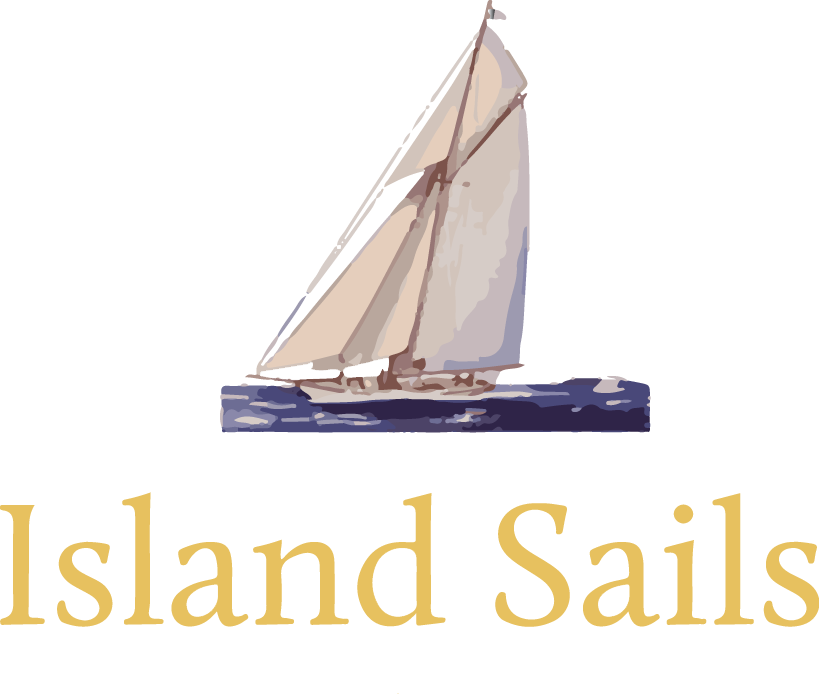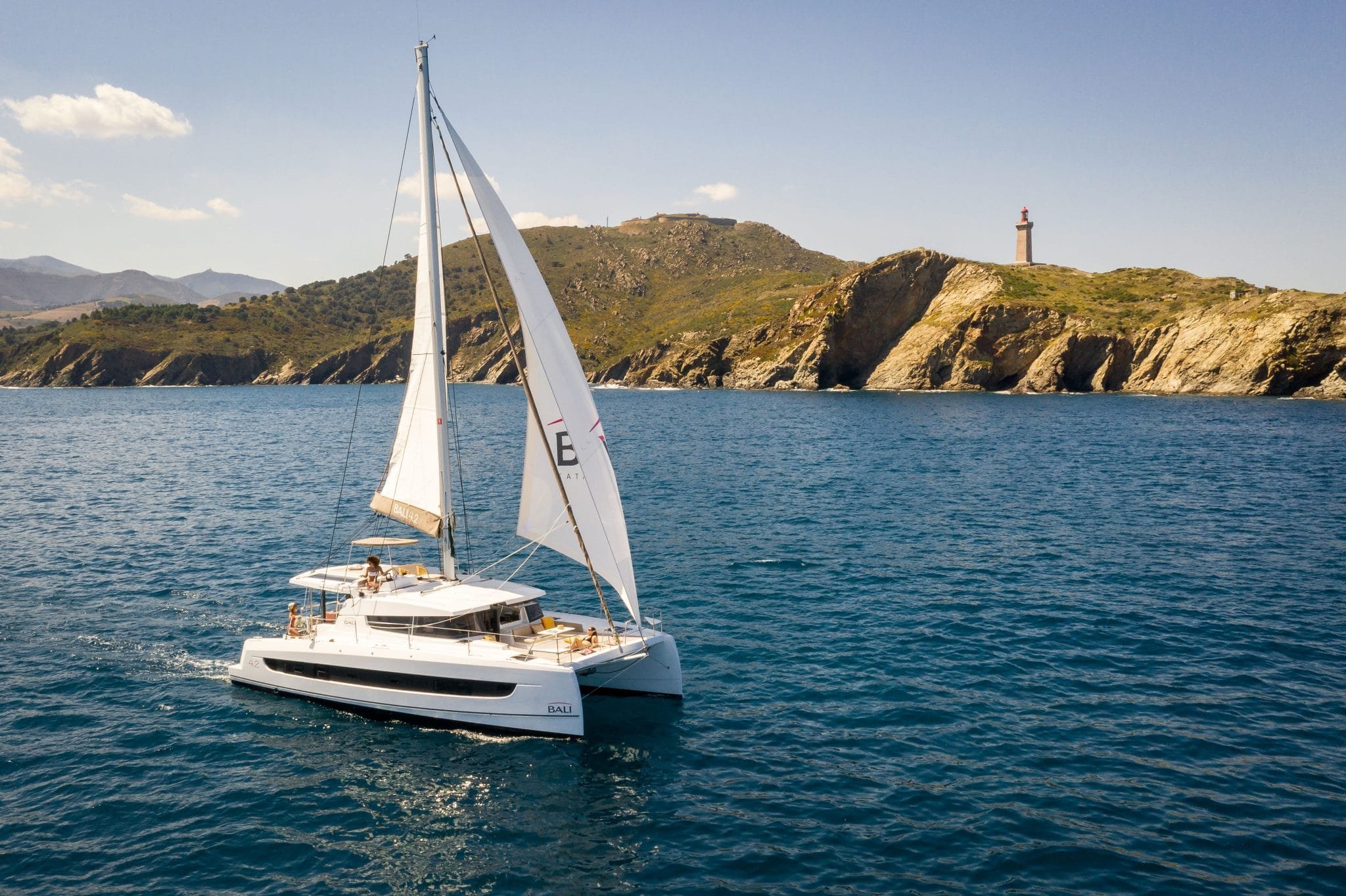The Sailing Guide
What we need from you and everything you need to know before booking your sailing trip with us. How to choose the right yacht, the right time, the right package for your specific needs and wants; the sailing guide provides answers to all these questions.
What we need from you
Things you need to include in your inquiry:
Where you want to sail. (See recommended itineraries)
Yacht size, and Catamaran or Monohull preference.
How many people (Adults, Children), and how many will be bunking together.
When you want to sail (Yachts are chartered by the week, beginning on Saturdays)
Prior experience on the water(Has seasickness ever been an issue?)
What your main interests are (rest and relaxation, history, food, going out, etc. )
How to choose a yacht
Choosing a yacht isn’t just about Monohull vs. Catamaran. Size plays a large role, how you want to “bunk up”, and what kind of trip you’re interested in determines the right size and type of yacht for the most perfect trip possible.
For Groups less than 4, there are the most options. Couples onboard make this even easier, as you can go for a boat as small as 36 ft., but we would recommend something closer to 40-43 ft., either monohull or catamaran. When booking your trip, please let us know how many of the guests will be staying together, as some cabins have double beds, and other bunk beds or crew cabins, where the crew usually stays, depending on the model and size.
For groups between 4-8 guests, we recommend a monohull greater than 43 ft. Schematics, boat layouts and photographs are all made available during the booking process, so if you think this might be an issue, please get in touch as soon as possible. After 51ft, and after 8 guests, catamarans start to make more sense. Catamaran layouts are much more spaced out, and offer many advantages, but this is, as always, balanced with the available budget.
During the trip, guests have the option to stay in organized harbours and marinas, or anchor out under the stars away from it all. Most prefer a nice mix of both, but if rest and relaxation are the main focus, let us know, and anchoring out is typically magical around these islands, which hide secret coves and beaches you won’t forget.
The drawback to this is it requires some extra preparations (ie. ice bought in advance), as depending on what yacht you choose, it may or may not have a generator/fridge. (Most monohulls up to a certain size have large ice boxes and fridges, but no freezer to preserve electricity, as most catamarans have generators, fridges, and potentially ice makers onboard) What this means is that the farther out and longer you intend to stay, away from the amenities of an organized harbour, the more you’ll need aboard to maintain the same standard. Adjusting to life on the water can be a little different, but our job is to cater as best we can to your expectations, and knowing what kind of vacation is your ideal, allows us to deliver the best vacation possible. Please see the comparison below for the general differences between Monohulls and Catamarans.
Monohull
The classic sailboat design. Tried and true, these boats are created with sailing in mind, from start to finish, with a purpose designed hull and deck space, monohull sailboats deliver the highest possible tunability and sailing experience for the discerning customer.
The reasonably sized beam also allows for more options in tight spaces such as the Mediterranean stern-to mooring. They are also capable of sailing closer to the wind, meaning more options and comfort on the way to your next destination. In terms of ride and comfort, monohull sailboats are centered around a heavy keel, meaning although under heavy winds you get some heeling over(that classic lean you’re used to seeing), the ride is generally quite smooth. Add that to the economic rates, and you get the authentic Greek sailing experience at a reasonable price.
Catamaran
The most obvious advantage is the size! These boats offer huge useable space for guests and crew. This means more space for dinner(and drinks!), more room to spread out(great for guests with kids!) and more room to just lounge around and enjoy your holiday. With their larger tank sizes, more room for fridges, generators, and storage space, they also are more conducive to anchoring out overnight, instead of being tied to marinas and harbours.
Catamarans are also generally faster than their monohulled cousins. This means getting where you’re going faster and spending more time exploring! A wider footprint offers a much more classic experience with almost no heeling over at all! This also makes seasickness less of an issue(if you’re worried about seasickness, please get in touch directly so we can ease your mind) More space simply translates to more comfort. With a more traditional salon and deck space, the increased cost of a catamaran is generally a worthwhile and appealing choice.
Choosing the right season
Choosing when to book is important. Prices tend to go up towards the middle part of the season and the temperatures along with them (July and August). If there are no restrictions on when you book, we always recommend the shoulder season.
A 100% most expensive price
B 85 – 88%
C 70 – 75%
D 56 – 65%
E 43 – 52% very affordable
F 35 – 45% most affordable
April, May, and a couple weeks into June are ideal, as the weather is warm, the winds haven’t started blowing too hard, and crowding in the harbours, mooring spots and beaches is minimal.
September and October are equally lovely, and the waters tend to be warmer longer after the summer (We sail well into November!).
Busyness is also variable, depending on where you choose to sail and when. Expectedly, July and August have the most people, and the most wind (especially in the Cyclades!), so depending on flexibility, let our experts help you pick the best time and place for your charter week!
Sailing conditions
Half the fun of a sailing trip is that the wind and weather are a big part of the experience. There really is no better way to experience the historic and natural beauty of the wide open sea routes, and ancient vistas. The other side of that coin, is that weather can sometimes alter your plans. See this section for more on going with the flow while sailing, and learning to book the perfect trip, no matter the situation.
The truth of that matter is, in Greece and in Cyprus, the weather is part of the package. With almost guaranteed sunshine in the summer, you’re likely to get most of your sailing done without a hitch. One should expect to adjust any route to some degree, depending on the season chosen.
Prepare for the worst, hope for the best! Words every sailor lives by. In Greece when we say “Bad weather” this is entirely relative to us lucky souls that get to spend most of our time spoiled in the Eastern Med sunshine. For our purposes, bad weather means mainly one thing; the wind. Certainly a double-edged sword, we love the wind, because it means we can move around without the noise of the engines, utilizing nature to get us around, but too much of a good thing… as the saying goes. For most of the season a light jacket should do the trick. We send a recommended travel list for all of our guests well before your booking.
A bespoke holiday
Greece and Cyprus are well known for their laid back lifestyle. Your sailing charter can be as customized as you like, or let us handle the organization and you focus on the fun. Any specific spots you're interested in; let us know!
Our captains and crew are always ready to and happy to help accommodate our clients. People tend to want to stay some places a bit more than others and our captains are happy to adjust accordingly. People also have different needs/expectations for eating aboard vs. going out every day in Tavernas, etc. This can affect the route, as some of the more remote destinations can be far from restaurants, but are worth visiting (secret beaches, etc.).
What’s included
The standard charter is one week, getting aboard Saturday, and returning Friday before dark to the starting harbour, where you stay your last night. Saturday morning is usually reserved for a nice last breakfast aboard, and we organize water and ice.
Most guests grocery shop nearby on day 1 for the boat. The islands are full of amenities like grocery stores and markets with the best produce, fish, and meats, but it's a good idea to have some idea of how often you'll eat out.
Our charters are crewed, which means one Captain and one crew, depending on the size of the yacht.
All charters require a 20% APA to be given to the captain with the final payment, at least one month before charter, to allow for appropriate planning.
Advance Provisioning Allowance (APA) is an advance payment required to be made to fund estimated boarding costs of the charter price used to cover the costs of yacht preparation, requested supplies, port, mooring and other legal charges and fees, diesel and fuel, communications, crew gratuities, extras and depends on guest particular request for services, itinerary, food, beverages etc.
APA's for our sailing yachts are 20% of the total cost, of which will be handled by the captain, whereby all receipts will be given to guests at the end of the trip, along with the remainder. Your captain will advise you if, at any point during the trip, the expenses are at risk of exceeding the APA.
Optional Extras:
Private Chef aboard (subject to availability and yacht size) Please get in touch for our onboard menus.
Specific Drinks and Food provided ahead of time.
SUP onboard
Kayak
Any other specific watersport requests
Transfer to/from airport
Safety net
Air-conditioning/generator
Wi-Fi pack
Beach towels
Spinnaker/Blister
Extra Bed linens + Bath towels








